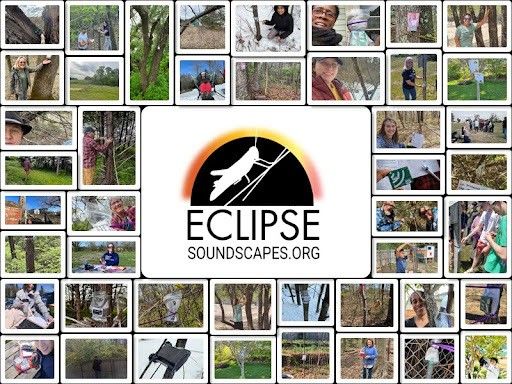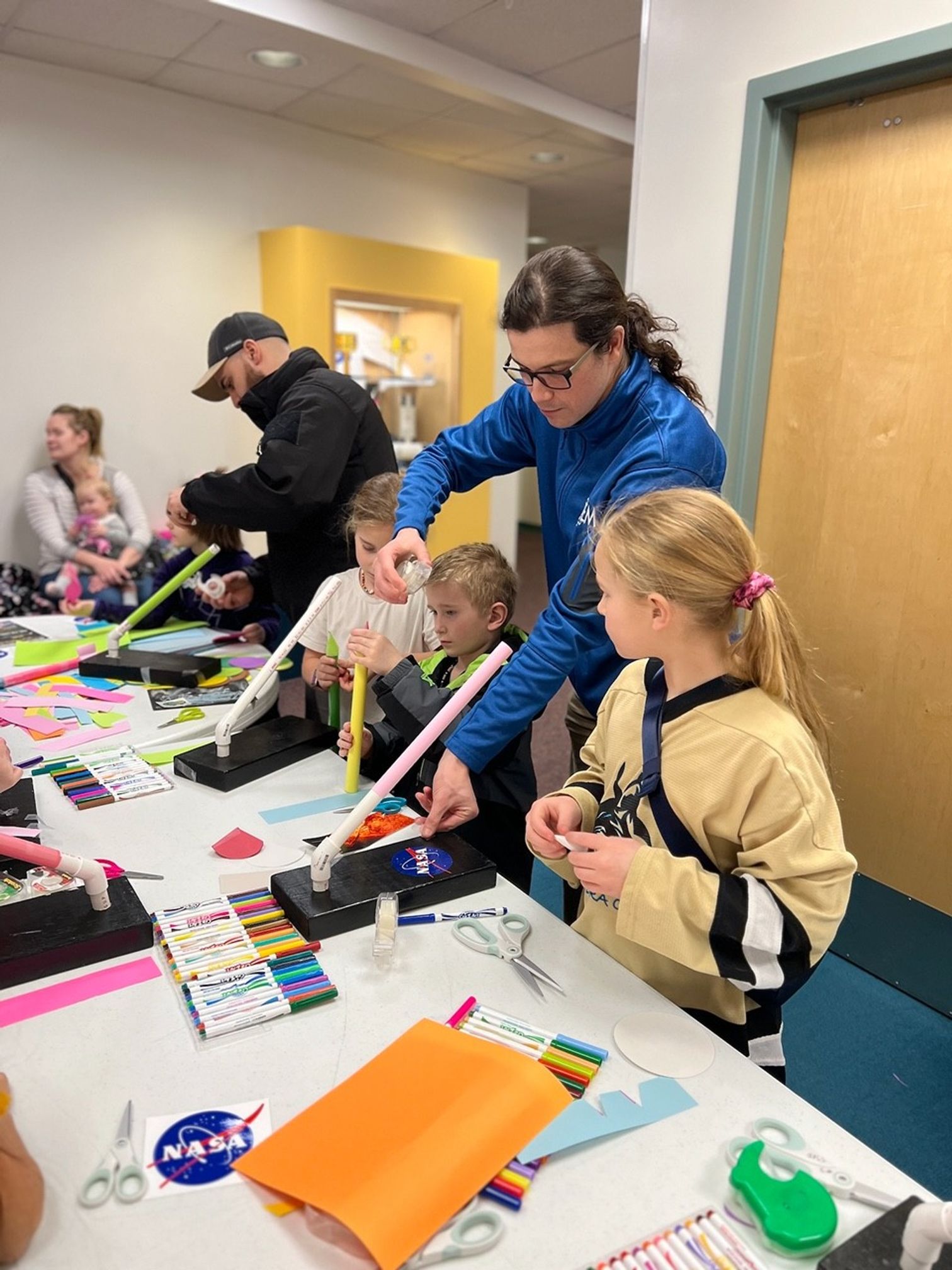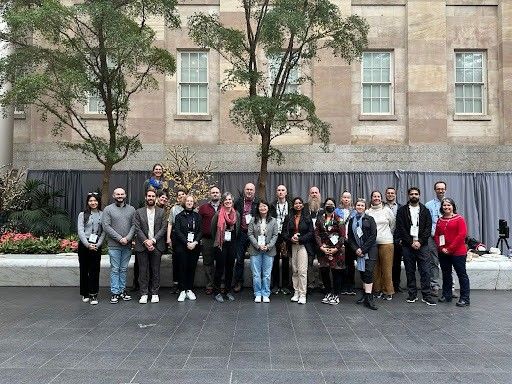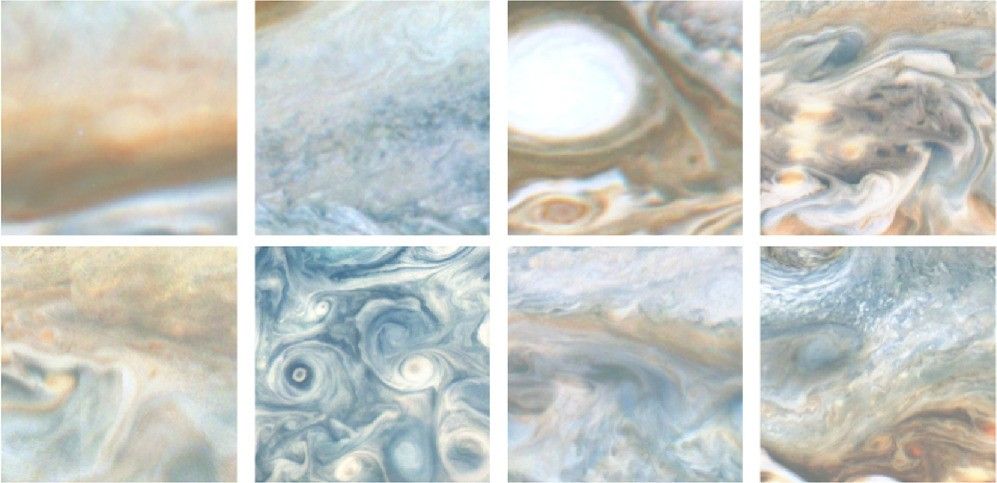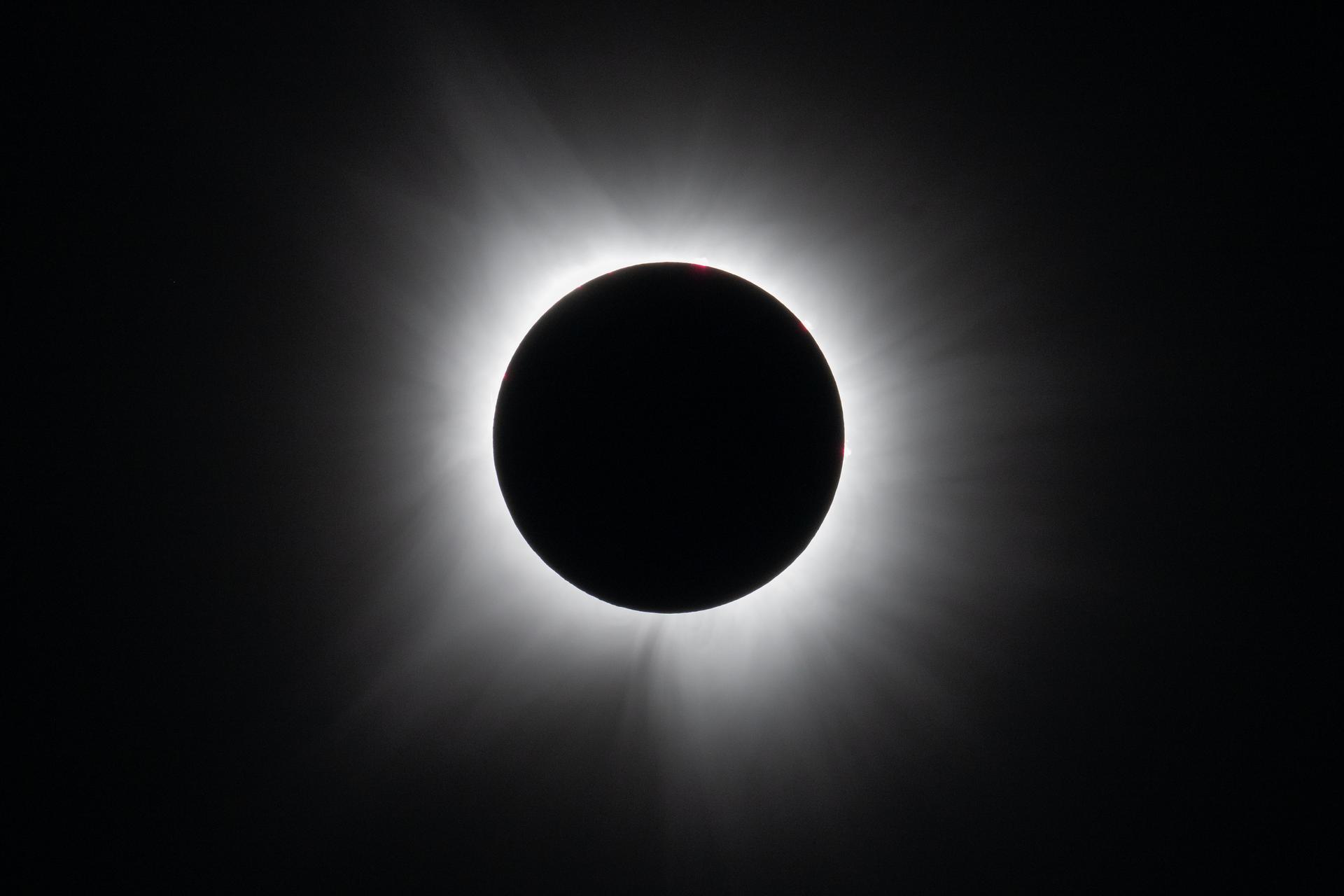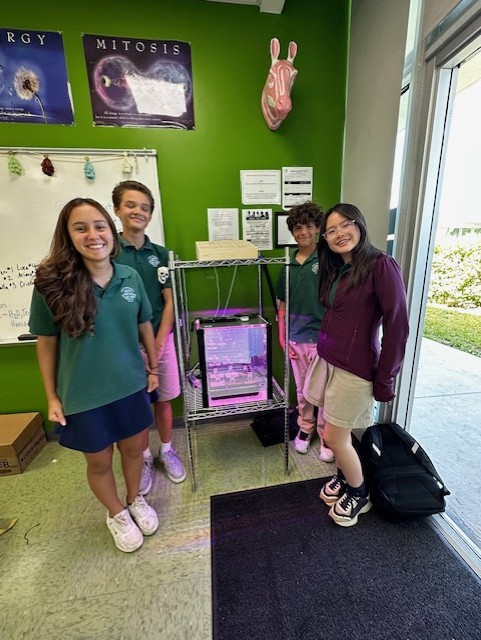8 Min Read How to Contribute to Citizen Science with NASA A number of NASA projects use mobile phone apps to put satellite data into the palm of your hand, and allow intrepid citizen scientists to upload data. Credits: NASA A cell phone, a computer—and your curiosity—is all you need to become a NASA citizen scientist and contribute to projects about Earth, the solar system, and beyond. Science is built from small grains of sand, and you can contribute yours from any corner of the world. All you need is…
Read MoreTag: Citizen Science
First Results from the Eclipse Soundscapes Project: Webinar on May 7
2 min read First Results from the Eclipse Soundscapes Project: Webinar on May 7 How do the sudden darkness and temperature changes of a solar eclipse impact life on Earth? The Eclipse Soundscapes project invited you to document changes in the environment during the week of the April 8, 2024 total solar eclipse, using your own senses or an audiomoth sound recorder. Thanks to your participation, the Eclipse Soundscapes team collected 25 terabytes of audio data during the 2023 and 2024 solar eclipses. “It was really empowering for me to…
Read MoreAn Afternoon of Family Science and Rocket Exploration in Alaska
Explore This Section Science Science Activation An Afternoon of Family Science… Overview Learning Resources Science Activation Teams SME Map Opportunities More Science Activation Stories Citizen Science 2 min read An Afternoon of Family Science and Rocket Exploration in Alaska On Tuesday, January 28th, Fairbanks BEST Homeschool joined the Geophysical Institute for an afternoon of rocket exploration, hands-on activities, and stargazing inside a planetarium. This event was free and open to the public. Despite their frigid winter weather, 200 attendees were curious about the scientific endeavors of Alaska-based researchers alongside…
Read MoreFirst NASA Neurodiversity Network Intern to Present at the American Geophysical Union Annual Conference
Learn Home First NASA Neurodiversity… Heliophysics Overview Learning Resources Science Activation Teams SME Map Opportunities More Science Activation Stories Citizen Science 2 min read First NASA Neurodiversity Network Intern to Present at the American Geophysical Union Annual Conference The NASA Science Activation Program’s NASA’s Neurodiversity Network (N3) project sponsors a summer internship program for high school students, in which learners on the autism spectrum are matched with NASA Subject Matter Experts. N3 intern Lillian Hall and mentor Dr. Juan Carlos Martinez Oliveros presented Lilly’s summer research project on December…
Read MoreScience Done by Volunteers Highlighted at December’s American Geophysical Union Meeting
More than 30,000 scientists gathered in Washington, D.C. during the second week of December – many to show off the work of NASA’s science volunteers! The American Geophysical Union held its annual meeting of professionals this month – the world’s largest gathering of Earth and Space Scientists. Here’s what they were talking about. Eighteen NASA-sponsored project team members presented discoveries made with volunteers on topics from solar eclipses to global freshwater lake monitoring and exoplanet research. Overall, 175 posters and presentations featured the work of volunteers (up from 137 in…
Read MoreJovian Vortex Hunters Spun Up Over New Paper
2 min read Jovian Vortex Hunters Spun Up Over New Paper Jumping Jupiter! The results are in, storm chasers! Thanks to your help over the last two years the Jovian Vortex Hunter project has published a catalog of 7222 vortices, which you can download here. Each vortex is an enormous swirling windstorm in Jupiter’s atmosphere–terrifying yet beautiful to behold. The vortices are labeled by color (“white” is most common, then “dark”, then “red”). The catalog reveals distributions of vortex sizes, aspect ratios, and locations on the planet. For example, your…
Read MoreScientists Share Early Results from NASA’s Solar Eclipse Experiments
5 Min Read Scientists Share Early Results from NASA’s Solar Eclipse Experiments On April 8, 2024, a total solar eclipse swept across a narrow portion of the North American continent from Mexico’s Pacific coast to the Atlantic coast of Newfoundland, Canada. This photo was taken from Dallas, Texas. Credits: NASA/Keegan Barber On April 8, 2024, a total solar eclipse swept across North America, from the western shores of Mexico, through the United States, and into northeastern Canada. For the eclipse, NASA helped fund numerous research projects and called upon citizen…
Read MoreWatch How Students Help NASA Grow Plants in Space: Growing Beyond Earth
Learn Home Watch How Students Help NASA… Citizen Science Overview Learning Resources Science Activation Teams SME Map Opportunities More Science Activation Stories Citizen Science 2 min read Watch How Students Help NASA Grow Plants in Space: Growing Beyond Earth Since 2015, students from across the USA have been partnering with scientists at NASA to advance research on growing plants in space, ultimately to feed astronauts on long-distance space missions, as part of Fairchild Tropical Botanic Garden’s Growing Beyond Earth project, which is now in its 9th year. This classroom-based…
Read MoreEclipse Soundscapes AudioMoth Donations Will Study Nature at Night
Learn Home Eclipse Soundscapes AudioMoth… Audio Overview Learning Resources Science Activation Teams SME Map Opportunities More Science Stories Science Activation Highlights Citizen Science 3 min read Eclipse Soundscapes AudioMoth Donations Will Study Nature at Night During the April 8, 2024 total solar eclipse, approximately 770 AudioMoth recording devices were used to capture sound data as part of the Eclipse Soundscapes Project — a multisensory participatory science (also known as “citizen science”) project that is studying how eclipses impact life on Earth. Following the eclipse, participants had the option to…
Read MoreNASA Citizen Scientists Spot Object Moving 1 Million Miles Per Hour
4 min read NASA Citizen Scientists Spot Object Moving 1 Million Miles Per Hour This artist’s concept shows a hypothetical white dwarf, left, that has exploded as a supernova. The object at right is CWISE J1249, a star or brown dwarf ejected from this system as a result of the explosion. This scenario is one explanation for where CWISE J1249 came from. W.M. Keck Observatory/Adam Makarenko Most familiar stars peacefully orbit the center of the Milky Way. But citizen scientists working on NASA’s Backyard Worlds: Planet 9 project have helped discover…
Read More
